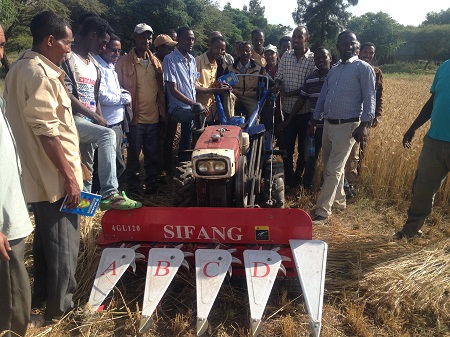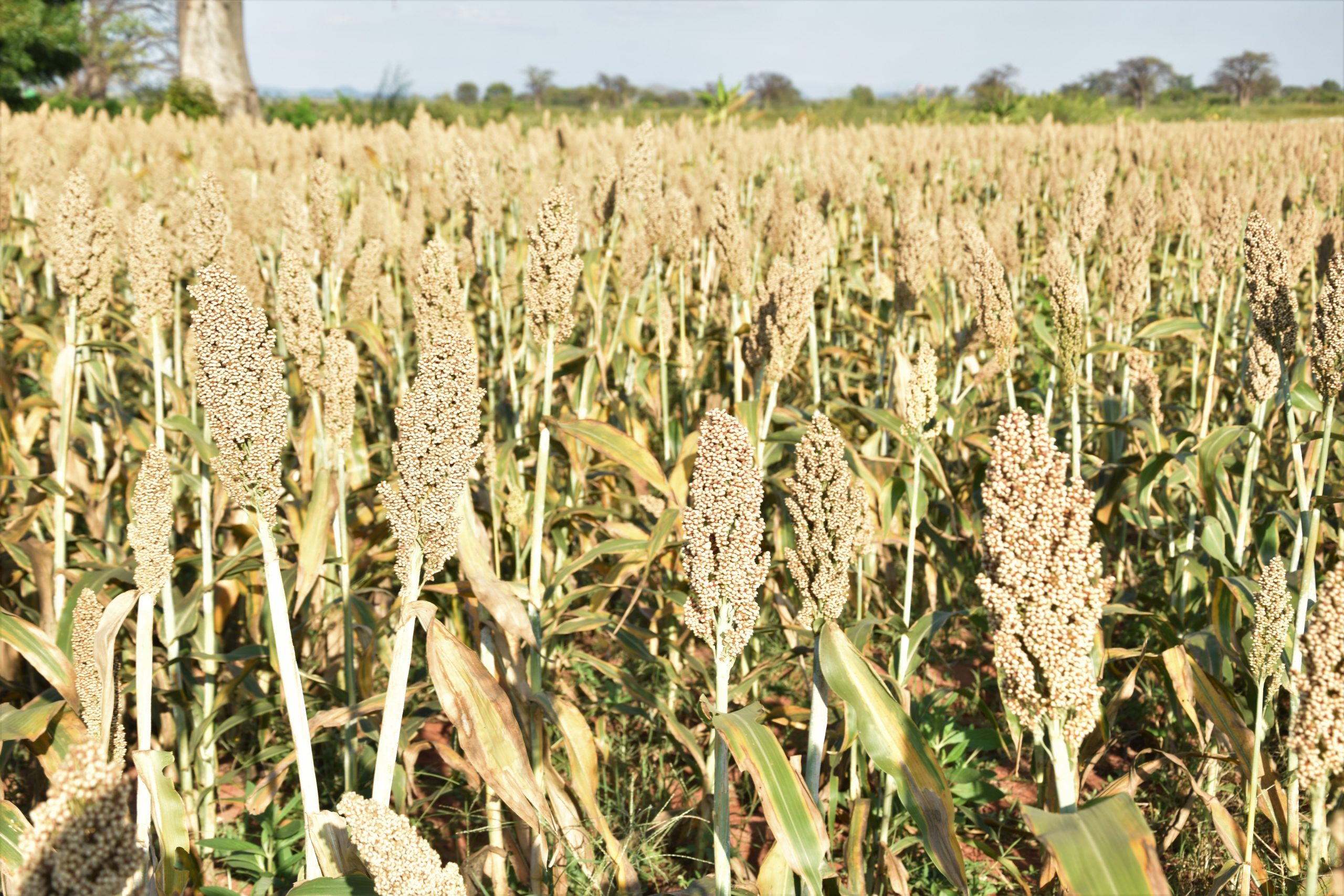Year: 2018
Breaking ground: Mike Olsen uses new technology to improve farmer’s yields
 Innovations
Innovations
Mike Olsen, upstream research coordinator for CIMMYT maize program, works with scientists to use new technologies to increase breeding program efficiency and genetic gain.
Large scale maize intensification in Odisha, India
A recent meeting in India focused on the value of maize for unused land in India’s Odisha plateau during monsoon season and the importance of women in agriculture.
Science can reverse “new normal” of climate change-related disasters
 Climate adaptation and mitigation
Climate adaptation and mitigation
Building small scale mechanization capacity of service providers in Ethiopia
 Capacity development
Capacity development
A CIMMYT project aims to increase soil fertility through direct row planting of major crops in Ethiopia, such as maize, wheat and teff.
CIMMYT promotes gender awareness in agriculture research and development in Ethiopia
 Capacity development
Capacity development
Gender awareness and gender-sensitive approaches are slowly spreading into agricultural research, extension, and policy in Ethiopia, according to industry experts.
Overcoming gender gaps in rural mechanization
 Gender equality, youth and social inclusion
Gender equality, youth and social inclusion
A new publication details current gender gaps in rural mechanization in Bangladesh, and outlines plans to overcome these challenges.
New guides help agricultural scientists think gender in research design
 Capacity development
Capacity development
A new set of resources has been released to aid agricultural researchers in integrating gender sensitivities into their research for development projects.
Innovations for cross-continent collaborations
 Innovations
Innovations
Harinder Sidhu, Australian High Commissioner to India, visits Borlaug Institute for South Asia and climate-smart village.
USAID delegation visits CIMMYT Pakistan office
 Innovations
Innovations
A delegation of representatives from the USAID’s Mission for Economic Growth and Agriculture in Pakistan visited the National Agricultural Research Center to see the interventions by the Agricultural Innovation Program led by CIMMYT.
First zinc maize variety launched to reduce malnutrition in Colombia
 Nutrition, health and food security
Nutrition, health and food security
A new zinc-enriched maize variety developed by CIMMYT was released in Colombia to help combat malnutrition in South America.






